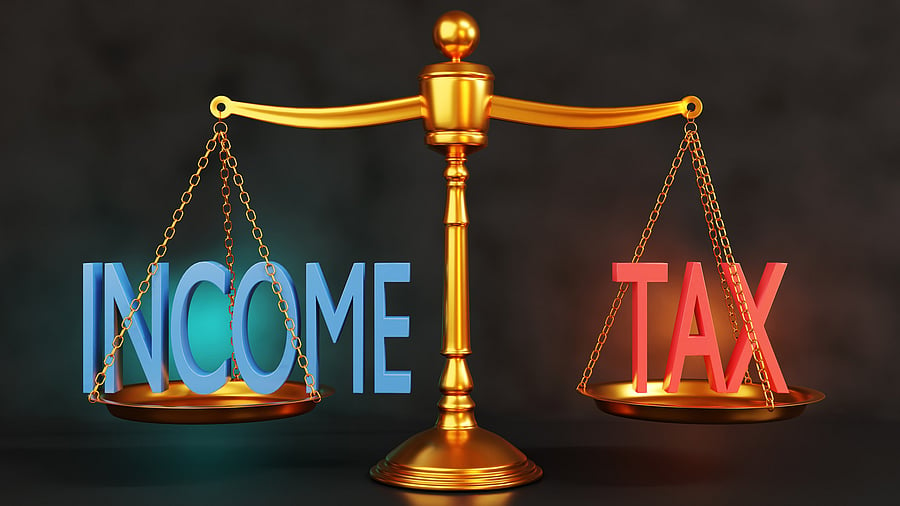
Representative image indicating income tax
Credit: iStock Photo
Finance Minister Nirmala Sitharaman will present the 8th consecutive Union Budget on February 1, 2025. Reports suggest that the government is mulling over cutting income tax for those who are earning up to Rs 15 lakh a year in February's budget, in turn providing relief to the middle class.
Taxpayers have pinned high hopes on the Union Budget FY 2025-26 documents and are keeping their fingers crossed regarding their expectations from the government's most important financial document of the year.
This is what Deepashree Shetty, Partner, Global Employer Services, Tax & Regulatory Services, BDO India has to say--
"The Budget announced in July 2024 brought limited changes for individual taxpayers, leaving many to hope that the upcoming Budget 2025 will deliver the much-needed tax relief to alleviate their financial pressures.
There is a strong expectation that the government will focus on improving taxpayers' savings by introducing reforms such as a unified tax regime and enhanced deductions.
The Dilemma of Old vs New Tax Regimes - The introduction of two tax regimes - Old Tax Regime (OTR) and New Tax Regime (NTR) - was intended to offer taxpayers flexibility, allowing them to choose the system that best suits their investments, savings habits, and preferences. However, the reality has been far more complex.
Many taxpayers find themselves confused between the two regimes, often reassessing their choice not only during the year but also while filing their tax returns.
In light of these complexities, the upcoming Budget should focus on simplifying the tax structure for individual taxpayers by consolidating the current dual regimes into a single, cohesive tax framework.
While this shift may take time, it is anticipated that the OTR may eventually be phased out, with its abolition ideally scheduled for FY 2026-27 to provide ample time for taxpayers, employers, and financial institutions to adjust.
A Single, More Beneficial Tax Regime - Since the introduction of the NTR, the options for tax savings have been limited, making it essential to reconsider and amend the structure for the benefit of taxpayers.
While the NTR is preferred as a streamlined tax system, it can be made even more effective by incorporating the following key changes:
Simplification of income tax slabs and rates:
-- Increasing the basic exemption limit of income from INR 3 lakhs to INR 5 lakhs
-- The differences between tax slabs are currently inconsistent at INR 2 lakhs or INR 3 lakhs. A more uniform approach is needed with consistent income gaps.
-- Introducing a new 25% tax rate slab will provide further tax relief for middle-income earners. The tax rates currently stand at 5%, 10%, 15%, 20% and 30%.
-- The income limit for the 30% should be enhanced from INR 15 lakhs to INR 20 lakhs.
Inclusion of popular deductions under the NTR:
-- Section 80C: Allow deductions up to INR 2 lakhs for life insurance premiums, employees’ Provident Fund contributions, etc.
-- Section 80D: Extend the deduction up to INR 1 lakh for health insurance premiums for self and family, addressing the growing burden of medical expenses.
-- Section 80TTB: Include a deduction of up to INR 50,000 for senior citizens earning interest from deposits with banks, post offices, etc.
-- 10(13A): Allow salaried taxpayers to claim HRA deductions for rental expenditure under the NTR.
These proposed amendments will make the NTR not only simpler but also more tax-efficient"
Union Budget 2025 | Nirmala Sitharaman, who continues to be Finance Minister, will present her record 8th Union Budget this time. While inflation has burnt a hole in the pockets of 'aam janata', reports suggest there might be a tax relief for those making up to Rs 15 lakh per year. Track the latest coverage, live news, in-depth opinions, and analysis only on Deccan Herald. Also follow us on WhatsApp, LinkedIn, X, Facebook, YouTube, and Instagram.
